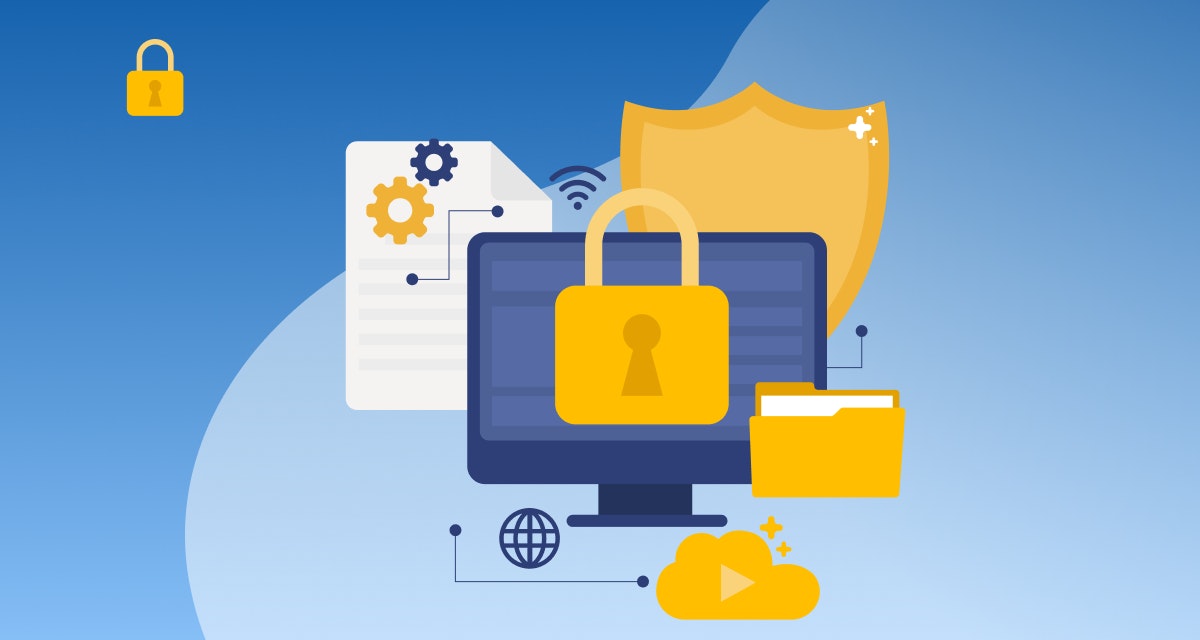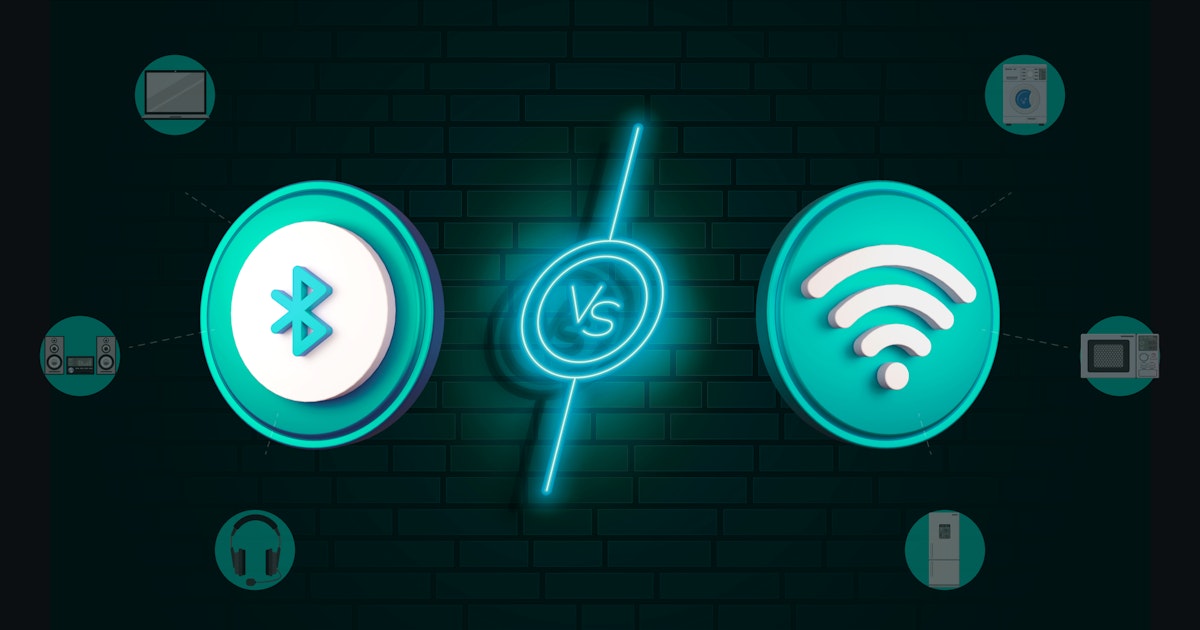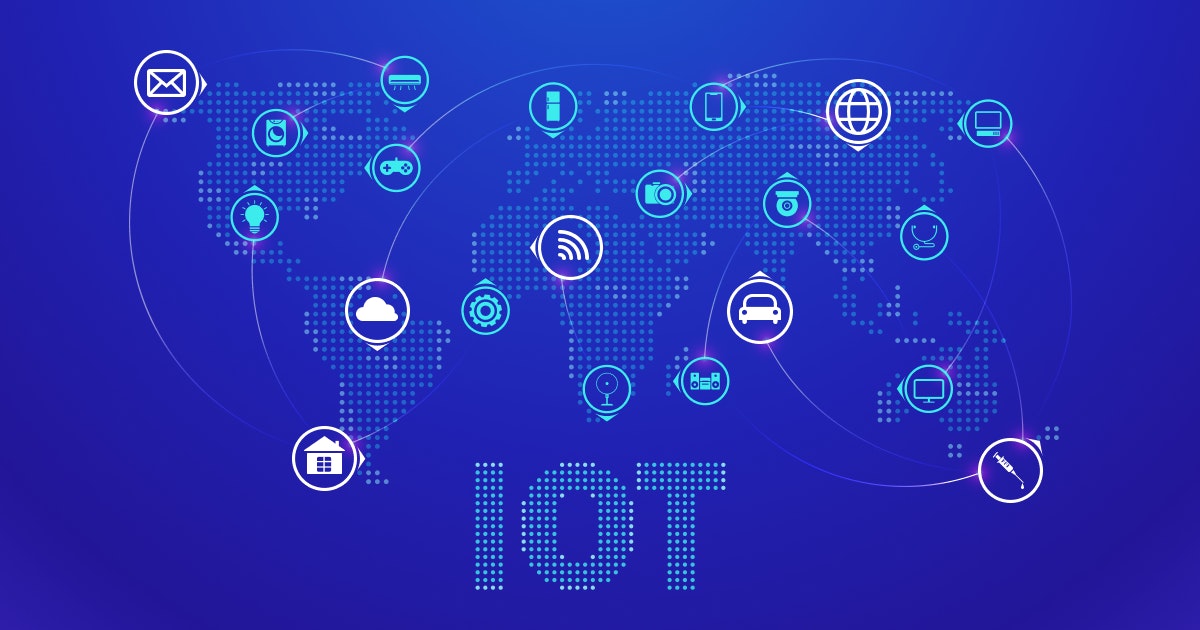An ecosystem of connected devices is getting larger with each passing day. Internet of Things (IoT) service is influencing the human life by connecting everyday items to the Internet and with each other. With the impactful distribution of IoT, the world is set to look and work a lot different in the next decade.
To stay competitive, manufacturers and vendors of daily products have to go with the latest industry trends. They have started producing the Internet enable items having a small chip embedded into them. Undoubtedly IoT-based devices simplify the human life, but the technology drives a few perks for manufacturers as well.
The biggest take away for businesses from connected devices is data analytics. And data is the primary need for the current and upcoming era. Data collection, monitoring, and analysis help organizations in optimizing their business strategies time to time. The price to earn priceless data about a product will be only 10 cents. A small chip can convert any dumb device into a smart one by allowing the transition of data from an IoT-enabled product to a system back-end.
For instance; if you have purchased a coffee maker that is connected to the internet, the manufacturer of the product can learn about using patterns of the users, a number of times damages occur, etc. Thus, IoT-enabled daily items help them in identifying users’ behaviours and eventually uplift their sales.
Wi-Fi connectivity is no more a primary need for the data transition. 5G supported smart devices transfer the data without Wi-Fi support. In such cases, if the manufacturer or vendors don’t convey this fact to them, then users can never come to know that their daily items are internet enabled. This could be a case of cybersecurity vulnerability.
IoT is creating a big picture by connecting everything through the internet. It is the base of several new robust concepts like Smart City, where a pipeline, a car, a nuclear power facility, a building, etc. are connected to the internet as well as integrated with each other to work in harmony. Poor security standards of IoT network or devices can be an obstacle in the continuation of this fully functional cycle, and we cannot afford to pause the entire cycle due to downtime. Of course, it’s not a PC or smartphone that we can shut down for few times, restart later on or go for other options.
So, IoT works as fuel to boost the digitization across the globe, but security is the core concern that raises the question whether the things should be connected to the internet or not.
Millennials are too enthusiasts to adopt and use the IoT-based products, but they fail in realizing the security risks associated with it. And in case they are aware of it, they do not have proper knowledge how to protect the security of their IoT devices. Here we have covered few advanced technologies that aid users to maintain the security of their IoT-enabled products.
Best 5 IoT Security Technologies
#1. Encryption
Encrypted data that is transiting or resting amongst back-end system and IoT-enabled equipment uses the standard cryptographic algorithm that helps users in preventing the data from hacking activities and maintaining data integrity.
There are ‘n’ numbers of IoT hardware and devices available in the market, so it is quite tough to maintain their security through standard encryption protocols, and processes. It is very essential that all IoT encryption must be accompanied by a full encryption key lifecycle management process as weak key management will hurt the overall security.
#2. Network
Security of IoT network is mandatory as it connects IoT hardware to back-end systems using the Internet. Internet of Things technology is having a quite complex networking in compared to a traditional one, as it contains so many communication standards, protocols and device capabilities. All of these are integrated closely and can pose increased complexity and significant issues. For the network security of IoT devices, users can go for several security options like antimalware, firewalls, antivirus intrusion detection and prevention systems, etc.
#3. Analytics
Analytics is a more useful to the businesses. They can monitor, collect, aggregate, and normalize data received from IoT devices. Organizations can generate exclusive reports to take appropriate actions. They have the flexibility to alter on precise activities when the particular activities fall outside established policies.
Integration of IoT analytics into big data techniques, machine learning, and artificial intelligence is the recent trend that facilitates users with more predictive modelling. However, these capabilities are still in its emerging stage. It is the best method to detect IoT-specific intrusions that are not possible to identify using the traditional security tools and techniques like firewalls.
#4. Authentication
Through the authenticated techniques, users can secure their IoT devices. Such techniques can be multiple user management using a single device, setting up a simple static pin/password to highly advanced authentication mechanisms like two-factor authentication, biometrics, digital certificates, etc.
Usually, enterprise network involves an authentication process that involves human intervention as it requires to enter a credential. While most of the IoT devices run on a machine-to-machine concept where there is no scope for human intervention.
#5. API Security
Users can use the REST-based APIs to authorize and authenticate the data transit amongst applications, IoT devices, and back-end systems. It secures the integrity of data by allowing transition amongst back-end systems to IoT edge devices. API security ensures that only authorized developers, mobile apps , and devices can detect attacks and threats against specific APIs and interact with the APIs.
Your excitement of new IoT-enabled devices is quite acceptable, but don’t forget to take care of security aspects. Be careful while selecting your daily items and be sure they do not leak any of your data without your permission.
Intuz is exploring all the latest IT tools and technologies that revolutionizing the human life. Having an exclusive portfolio for mobile app development and proven competencies in delivering reliable web and cloud solutions, we have started discovering the limitless vista of Internet of Things. Rather than delivering one technology based IT software, we are passionate to deliver a ground breaking product that contains multiple technologies, robust features, and innovative functionalities.
Image Credit: Business Insider




